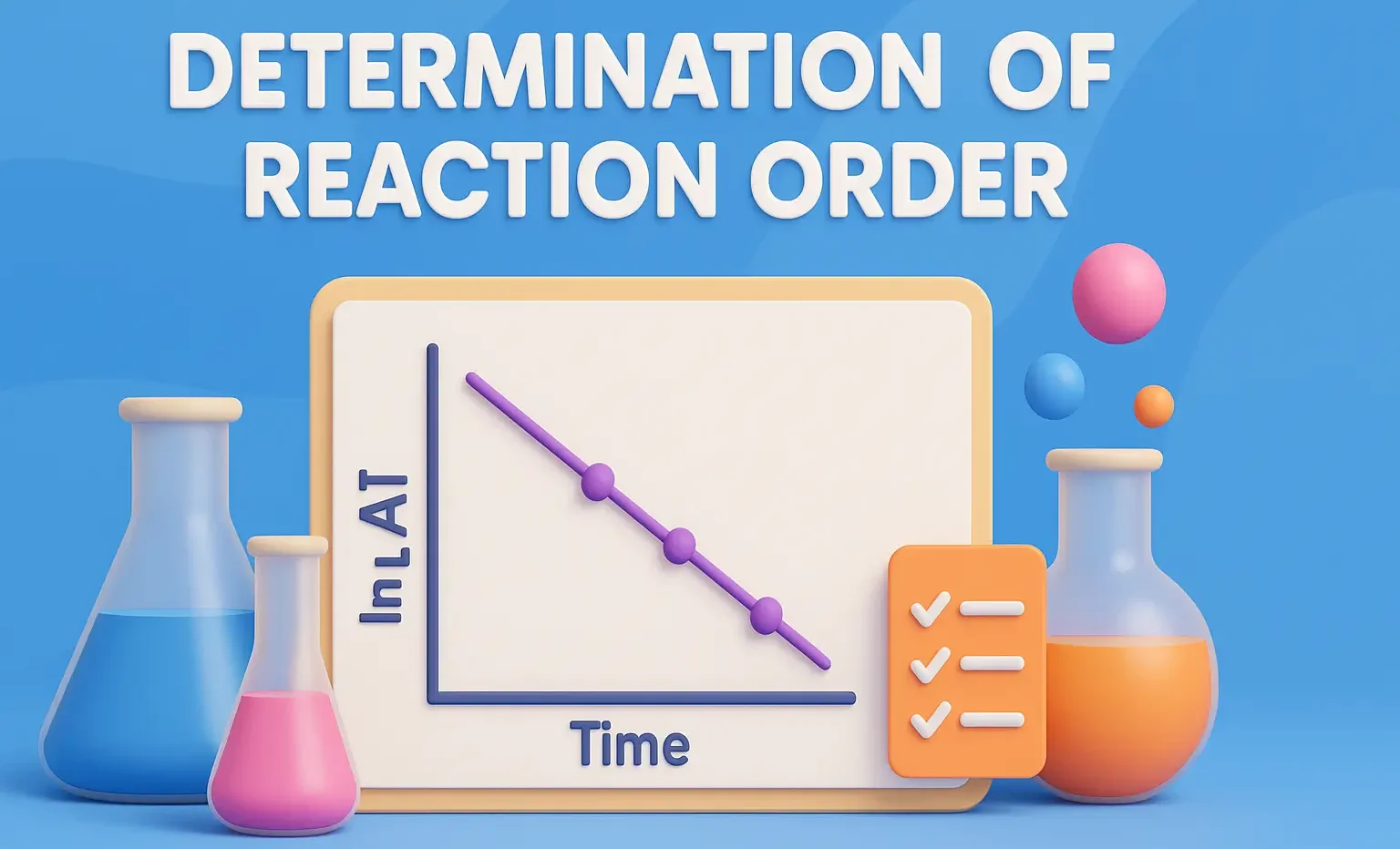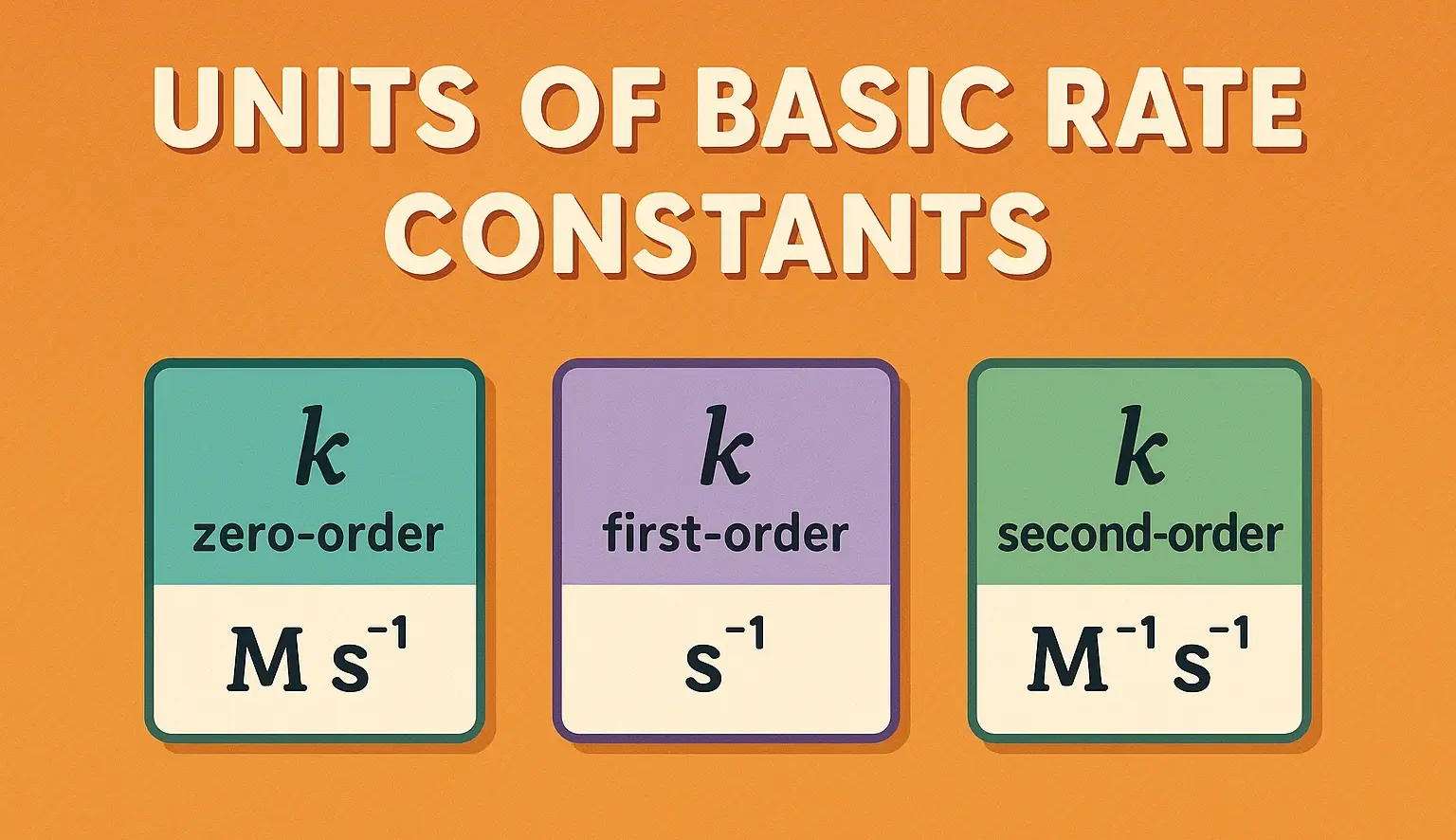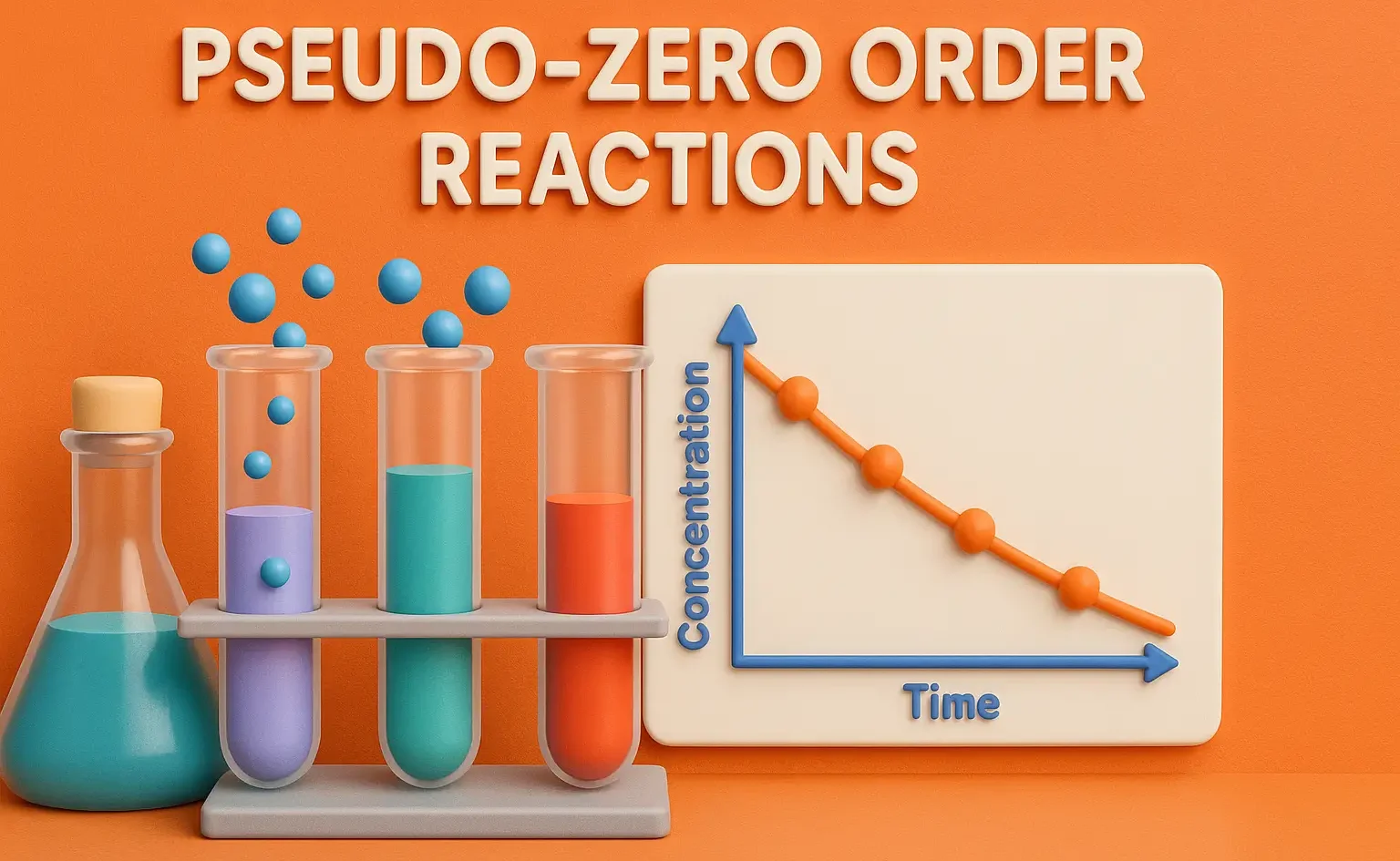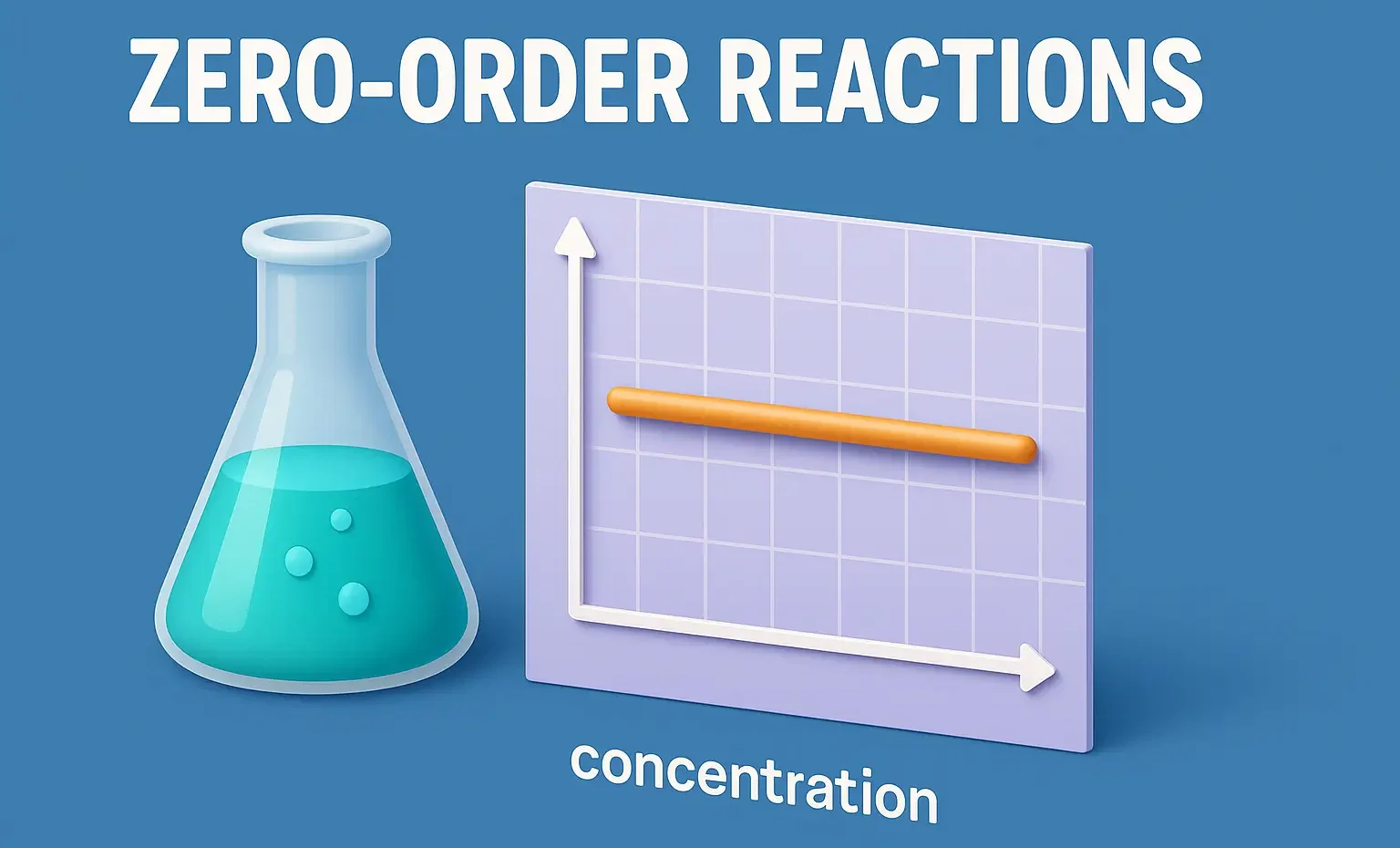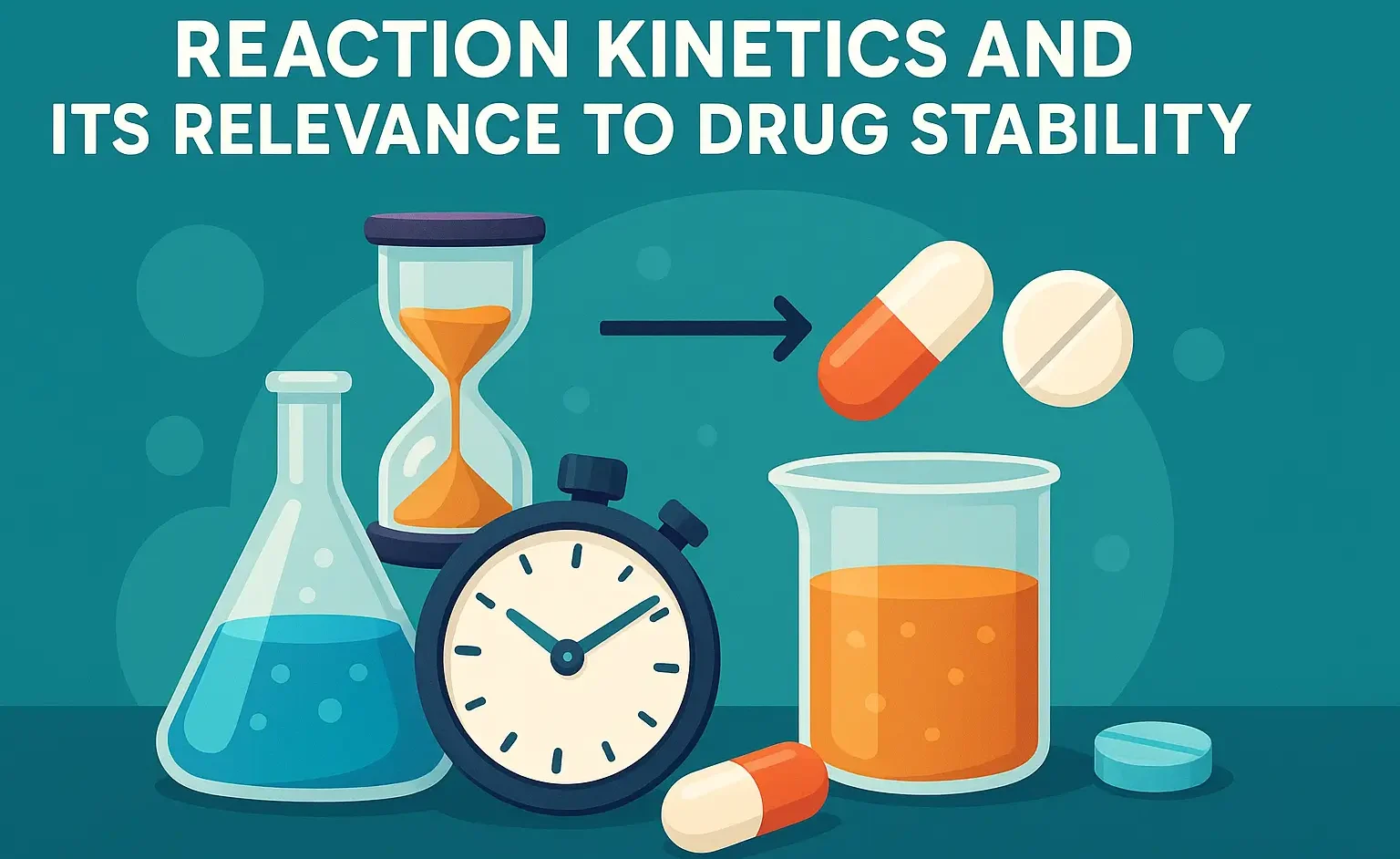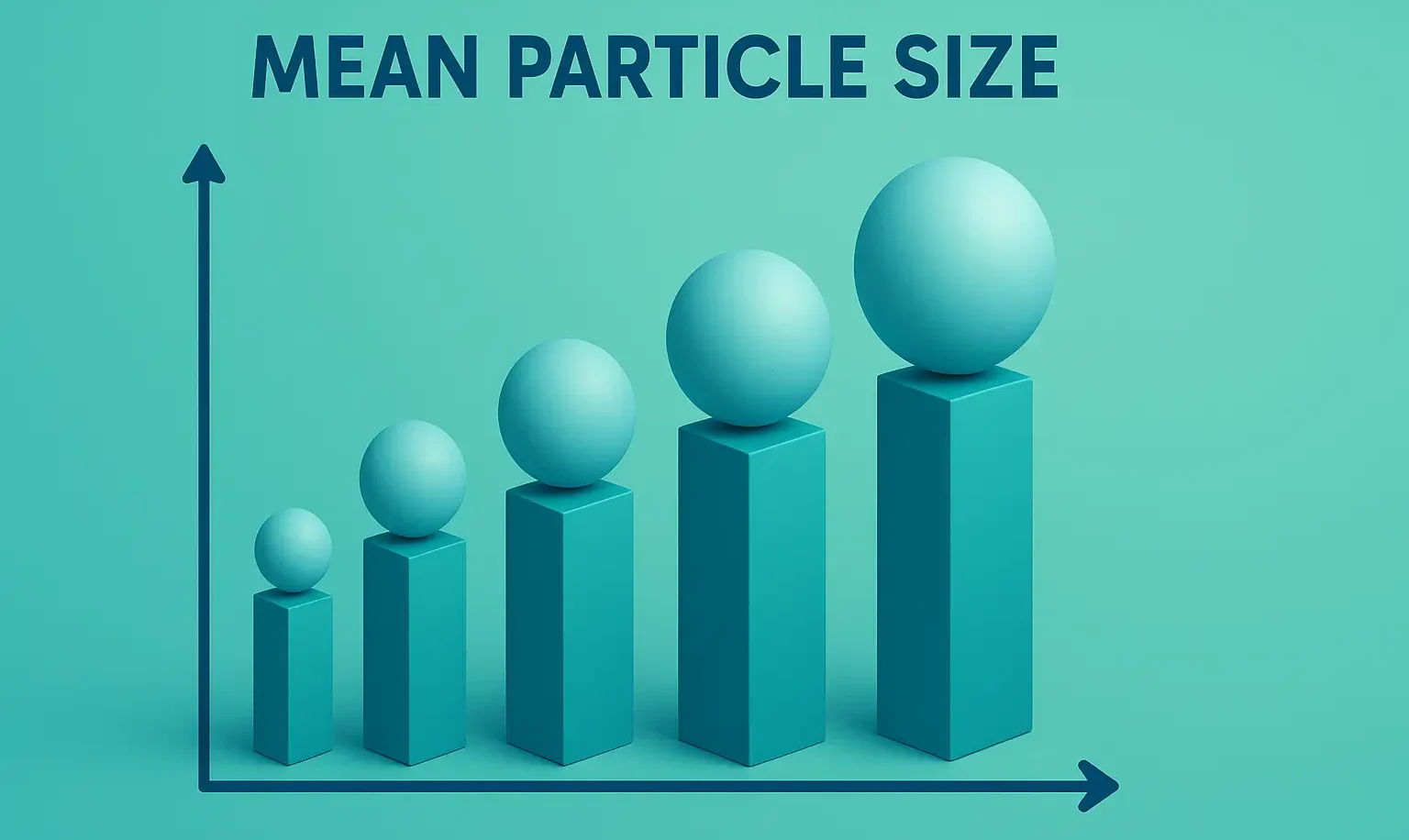Temperature
Effect of Temperature: As Temperature increases, the rate of degradation increases. Described by Arrhenius equation: $k = A \cdot e^{-\tfrac{E_a}{RT}}$ Where: k = rate constant A = frequency factor Ea = activation energy (J/mol or cal/mol) R = gas constant (8.314 J/mol·K or 1.987 cal/mol·K) T = temperature in Kelvin Implications: Helps estimate shelf life … Read more


